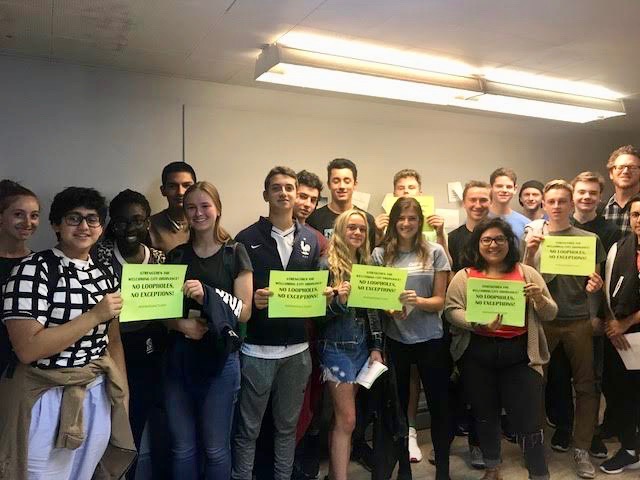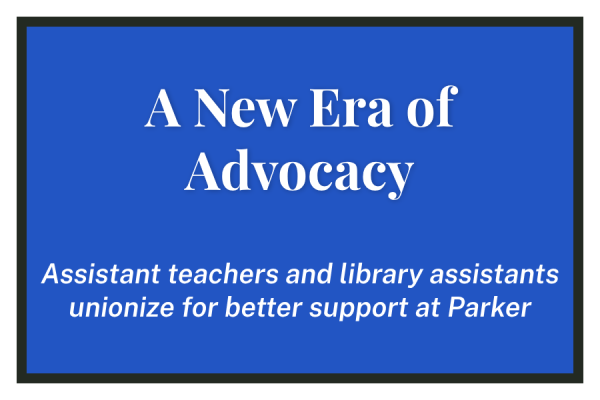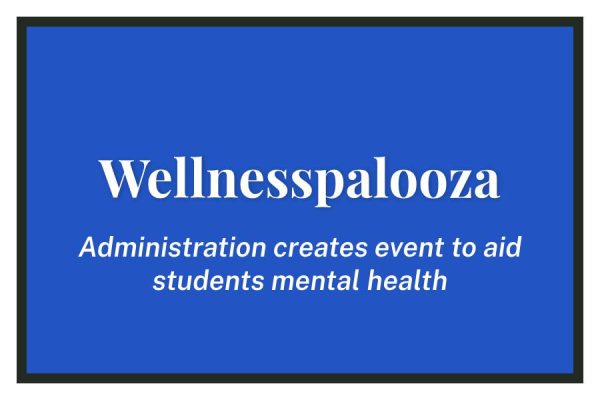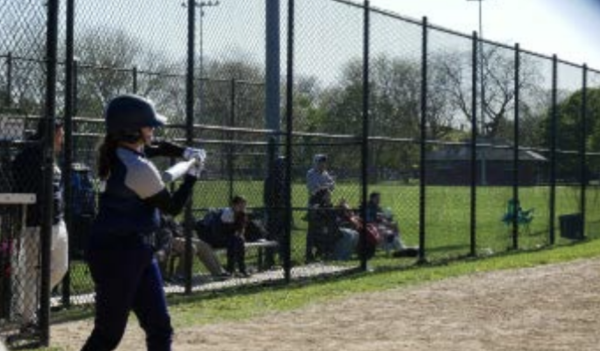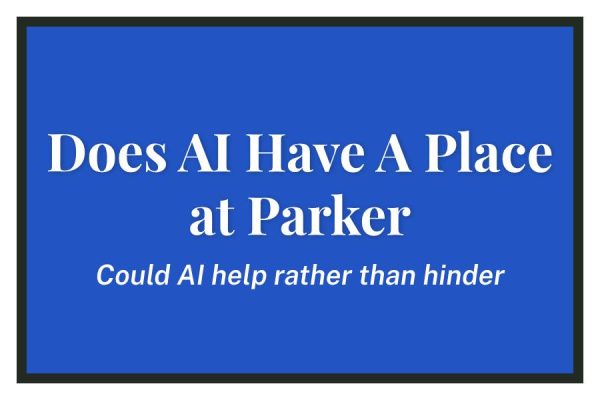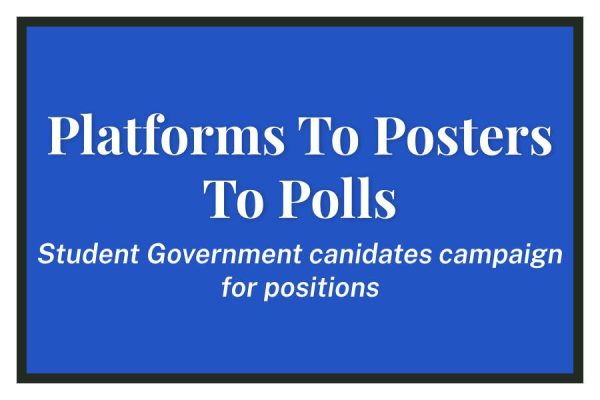Rules of Engagement
Efforts to Revamp Parker’s Civic Engagement Program Continue
Photo credit: Matthew Laufer
Juniors in the Immigration Justice civic lab visit the Chicago Religious Leadership Network.
Civic engagement is core to Parker’s educational values, but the school’s efforts to advance that goal remain a work in progress after the departure of Civic Engagement head Shanti Elliott.
Justin Brandon, Head of Upper School, says that he would like to bring the “inside out” by creating an immersive Civic Engagement program. He said, “We want to reach out of Parker and into the rest of the world.”
“This year, though, the Juniors are the only students with an official program. “The Civic Lab for the Juniors seems to be the flagship of the program right now,” Brandon said. “The other grades are trying to determine what to do next.”
In Civic Lab, Juniors are able to choose from five groups: Creating Alliances led by Mr. Bigelow, Immigration Justice led by Upper School english teacher Matt Laufer, Parents Allied with Children and Teachers for Tomorrow (PACTT) led by Upper School english teacher Mike Mahany, Students for Sensible Drug Policy (SSDP) led by Upper School history teacher Jeanne Barr, or Women’s Issues in Chicagoland led by Upper School learning resources teacher Bridget Walsh. Students in these groups have the opportunity to participate in programming across the city, visiting nonprofits and legal centers that focus on their subject of choice.
Civic Lab is “central to our mission,” Bigelow said. “The topics may be different, but the civil rights are the same. It’s important for you all to become participants in our democracy, for you to be active citizens. Our mission is student-centered learning. It’s very hands-on to use Chicago as our classroom.”
Juniors who, on October 2, participated in the Civic Lab agreed. “Seeing what people are going through, especially at PAACT, inspires you to work harder and use the tools you have,” junior Zach Lending said, In the classroom at PACTT, students work with individuals with autism in the classroom.
Bigelow noted that the Civic Engagement program has undergone changes in recent years. “We had a civic engagement administrator,” he said, “and every grade had all these different groups that focused on various topics about Civic Engagement in the city.” Then the Sophomore program faced controversy, Bigelow said, and was reshaped. The program involved going “to another school, and they would come to our school, and we would have conversations with kids who came from different neighborhoods than we do,” Bigelow continued. “The program got a lot of backlash because kids felt like, who are we to bring people to this school that has everything? It was kind of an awkward culture, this social economic clash. Teachers and kids didn’t feel comfortable with that.”
While the requirement that students achieve a certain number of civic engagement hours was eliminated last year, nothing has replaced it. “We’re really taking this year to figure out what civic engagement is going to be,” Brandon said. “The step we’re taking is to create a committee with faculty members, grade heads, and even some students to talk about what Civic Engagement should be like at a school like Parker.”
Some teachers, are wondering about follow-through. “We were supposed to be trained last year on how to integrate civic engagement into our classrooms, and this year, it basically doesn’t exist,” Bigelow said. “It depends on which teacher does it, and the only remnants that remain is really the Junior program and the handful of teachers who integrate civic engagement into their curriculums.”
Upper School math teacher Robert Wilson expressed a similar sentiment. “It’s written in so many places around the building–it’s in our mission statement, on the website,” he said. “We hear the key people in the building talk about it a lot. I know it’s important, and I know it’s a value that we want to nurture, but what’s hard is there’s a lot of people who don’t feel comfortable or don’t really know how to incorporate civic engagement into their curriculums.”
Wilson, for one, has found a way to integrate civic engagement into his math classes. “We use our exponents and logarithms unit to see how wealth is accumulated over generations, and how systemic racism and historic policies lead to a kind of lopsided behavior to decide who gets money, who doesn’t get money, and how the wealth is distributed,” he said. “Students do a social justice project where they use exponential growth to track the issues. I want the numbers to do the speaking because the numbers don’t lie.”
Sven Carlsson, Middle and Upper School Director of Studies, said he is working on bringing “cultural competency into the classroom.” He explained that the purpose of the civic engagement program at Parker is to teach us what “empathy and action look like in practice.” But with only one grade practicing an organized program, are Parker Students missing out on that empathy?
“I feel like the sophomores don’t really know what the process of civic engagement even is at Parker,” sophomore Georgia Weed said. “It’s never been explained to us. I’ve only heard about it from the juniors.”
Are there any plans to replace Elliott? “I don’t know, but I don’t think so,” Carlsson said. “I think the next idea is to have a group of faculty, students, and administration working to design what the new Upper School civic engagement will look like. I think the hesitancy is to make it one person’s job to do. We want it to feel like the community’s responsibility to name its vision, and get engaged.”


